Weaponizing Photography: How European Fascists Manipulated the Masses
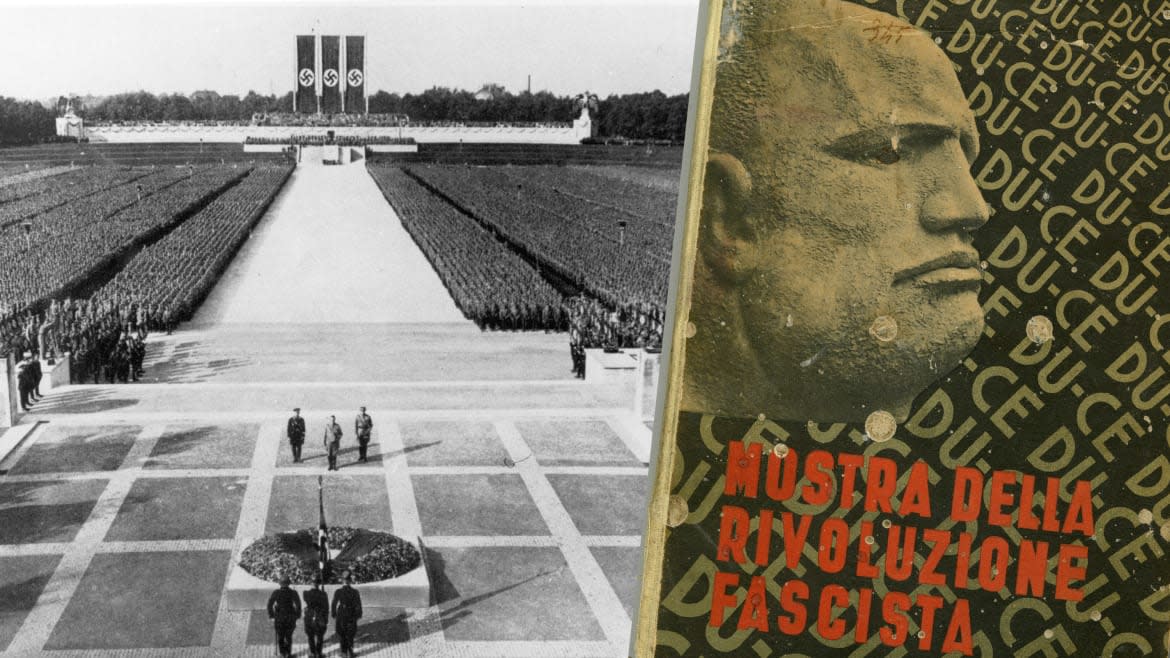
Photography and fascism in interwar Europe developed into a highly toxic and combustible formula.
Particularly in concert with aggressive display techniques, the European fascists were utterly convinced of their ability to use the medium of photography to manufacture consent among their publics.
Photofascism: Photography, Film, and Exhibition Culture in 1930s Germany and Italy focuses on the particularly consequential dialectic between Germany and Italy in the early-to-mid 1930s, and within each of those countries, vis-à-vis display culture.
The large-scale rallies of the 1930s fascists also became “images” to be experienced physically with others; they were so highly choreographed precisely in order to be consumed as images in films and in photographic outlets like magazines, posters, and pamphlets, but most effectively in large-scale exhibitions, and with little of the on-the-ground messiness.
Mussolini and Hitler were both accomplished in this area, although Hitler’s propaganda machine was better at creating the more disciplined, perfectly sculpted, geometric, aerial views for films … Il Duce set his rallies with oceanic crowds pulsating around ancient Roman ruins. That then translated perfectly to images he made use of in his mass-market magazines, and photo blow-ups for exhibitionary spectacles.
The contemporary world is facing its own version of this echo chamber of crowds-to images/images-to-crowds. The political rallies are in many ways created specifically for broadcast effectiveness, similar to Riefenstahl and Nuremberg.
Here, a peek inside Photofascism: Photography, Film, and Exhibition Culture in 1930s Germany and Italy, shows how dictatorial regimes use photographic mass media, methodically and in combination with display, to persuade the public with often times highly destructive—even catastrophic— results.
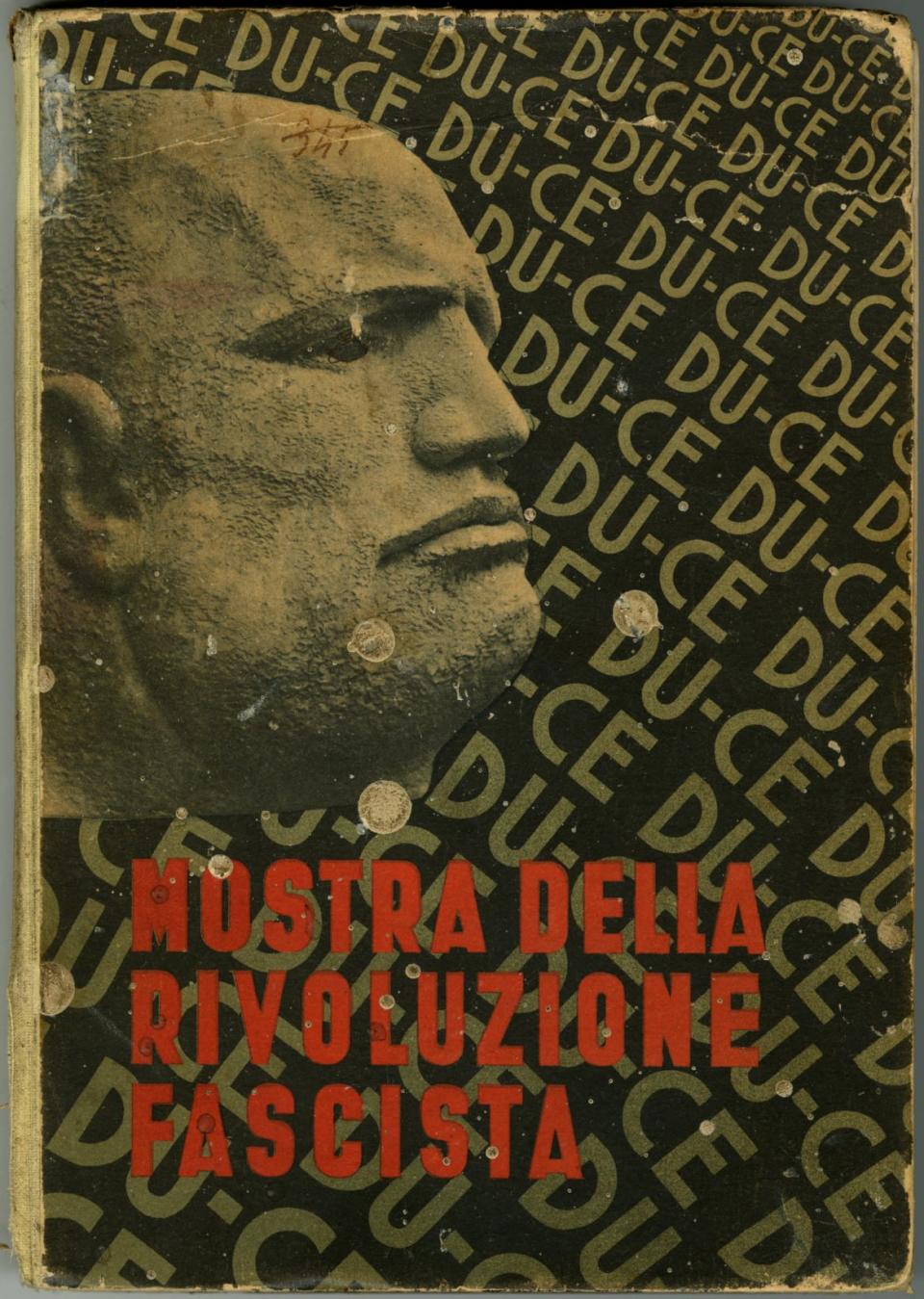
Cover of the Exhibition of the Fascist Revolution catalogue, 1933.
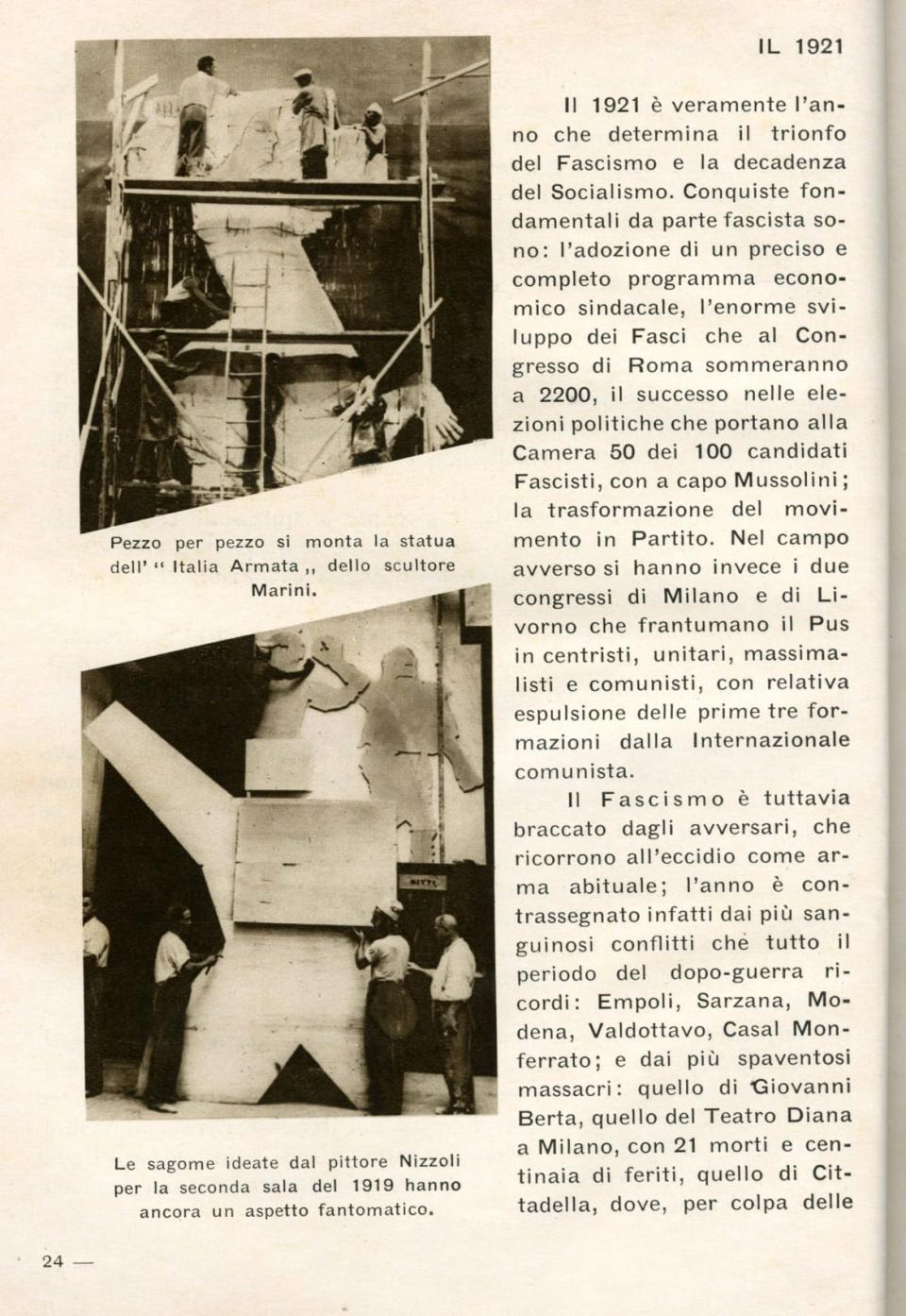
Construction of Room G of the Exhibition of the Fascist Revolution, 1932 (structures to be filled with photographs).
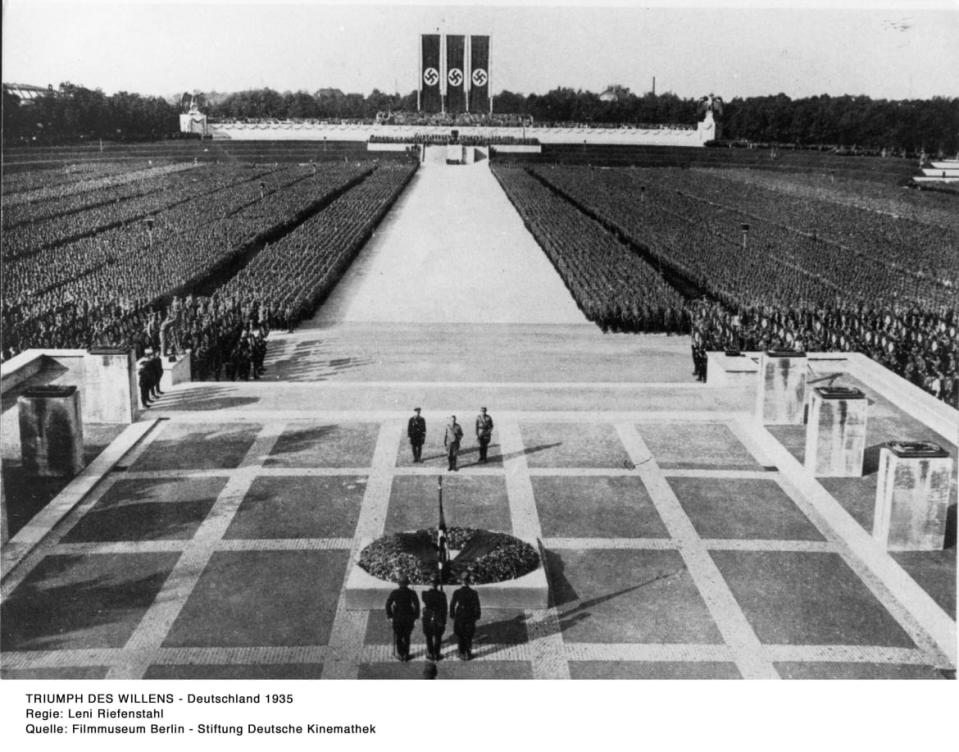
Triumph of the Will (director Leni Riefenstahl), 1935.
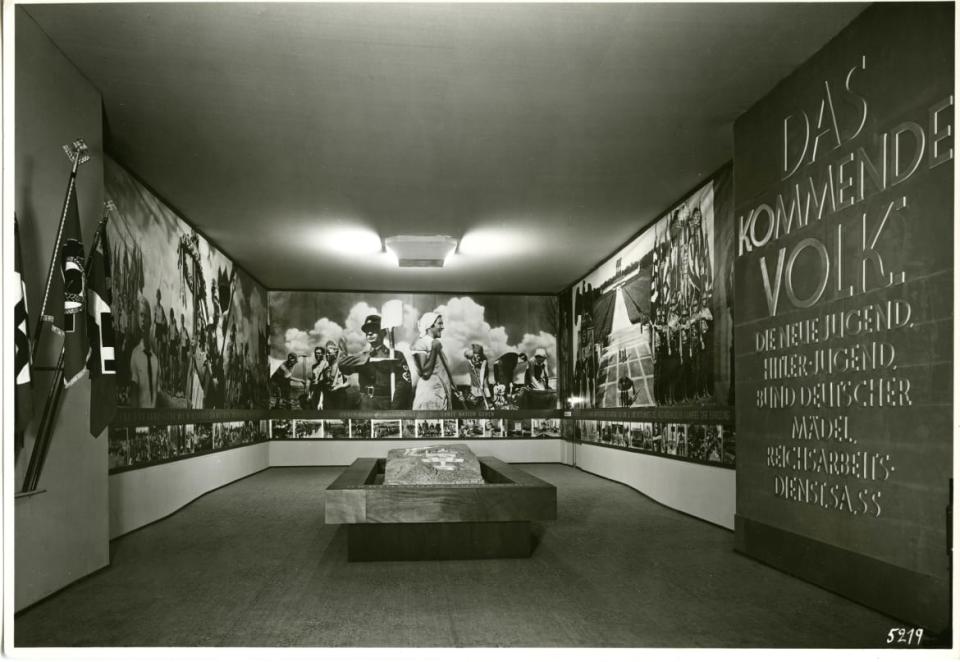
The Deutschland exhibition: 'the coming nation' display on youth organizations, 1936.
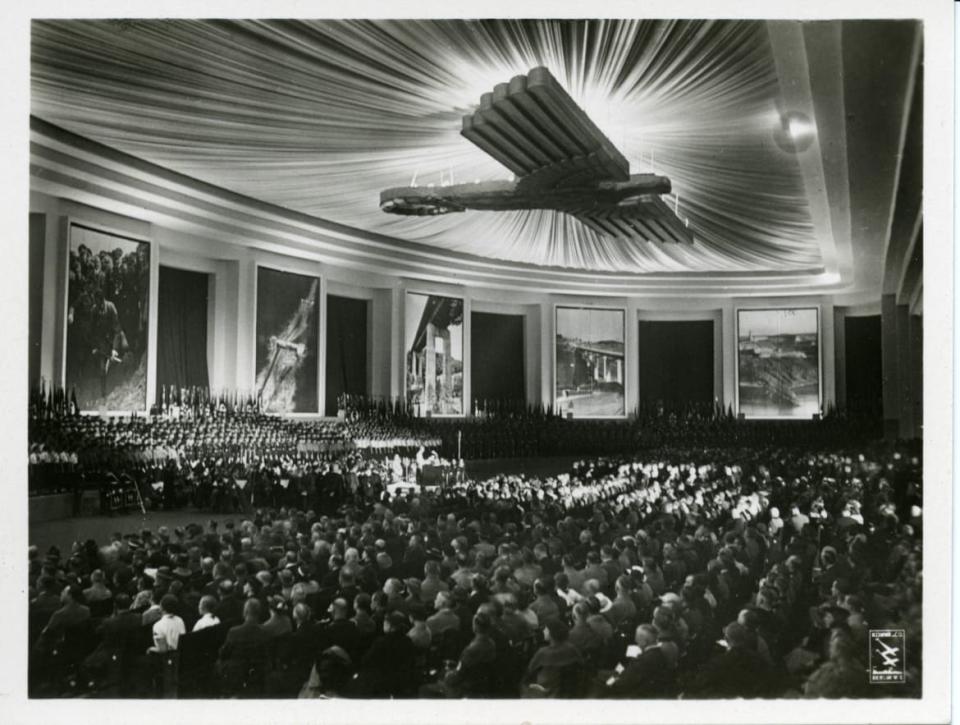
Give Me Four Years’ Time! Opening ceremonies, 1937.
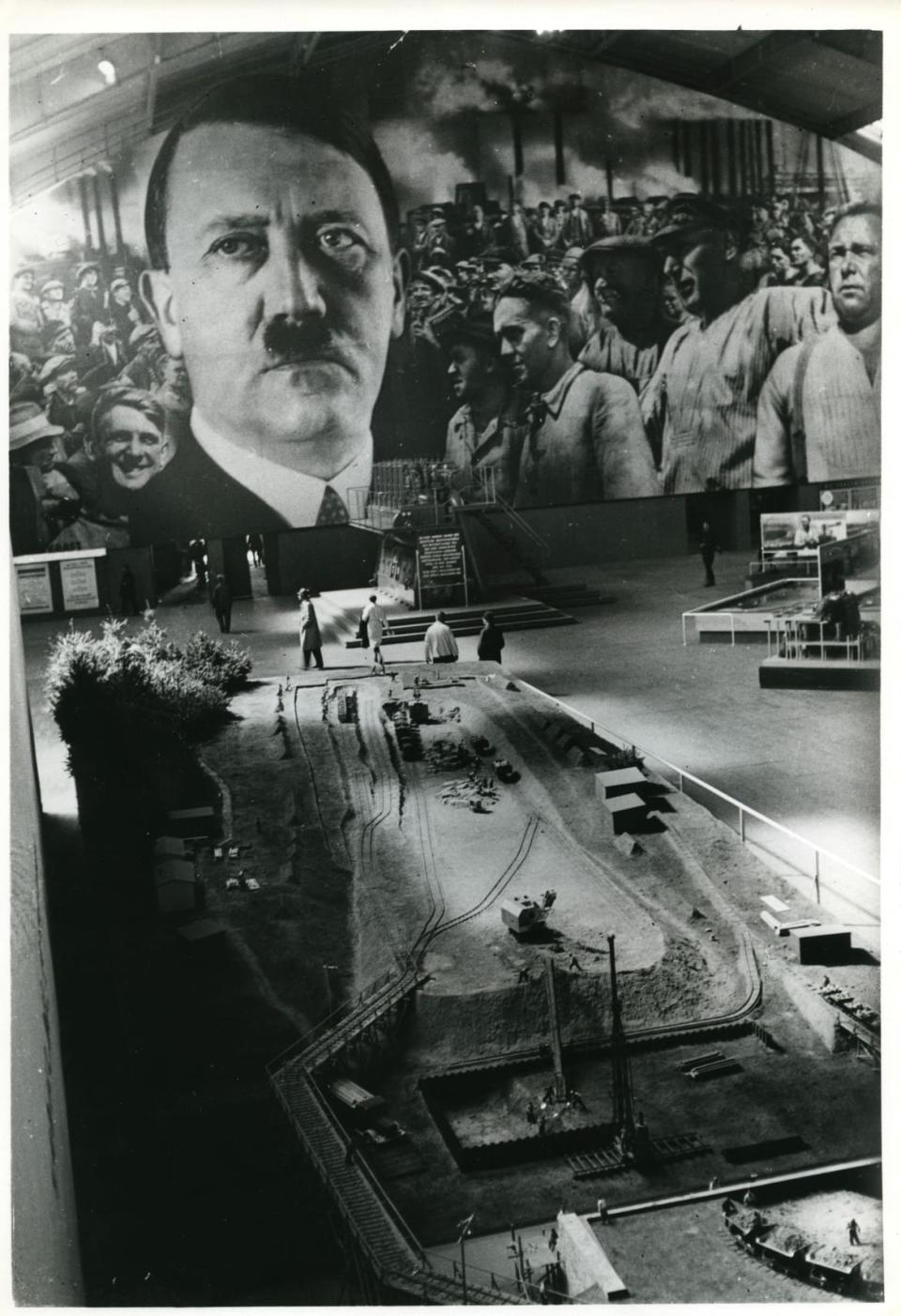
Give Me Four Years’ Time! Mining model beneath Hitler mural; people viewing, 1937.
From the book Photofascism: Photography, Film, and Exhibition Culture in 1930s Germany and Italy by Vanessa Rocco. Copyright © 2020. Published by Bloomsbury Visual Arts. Reprinted by permission.
Get our top stories in your inbox every day. Sign up now!
Daily Beast Membership: Beast Inside goes deeper on the stories that matter to you. Learn more.

